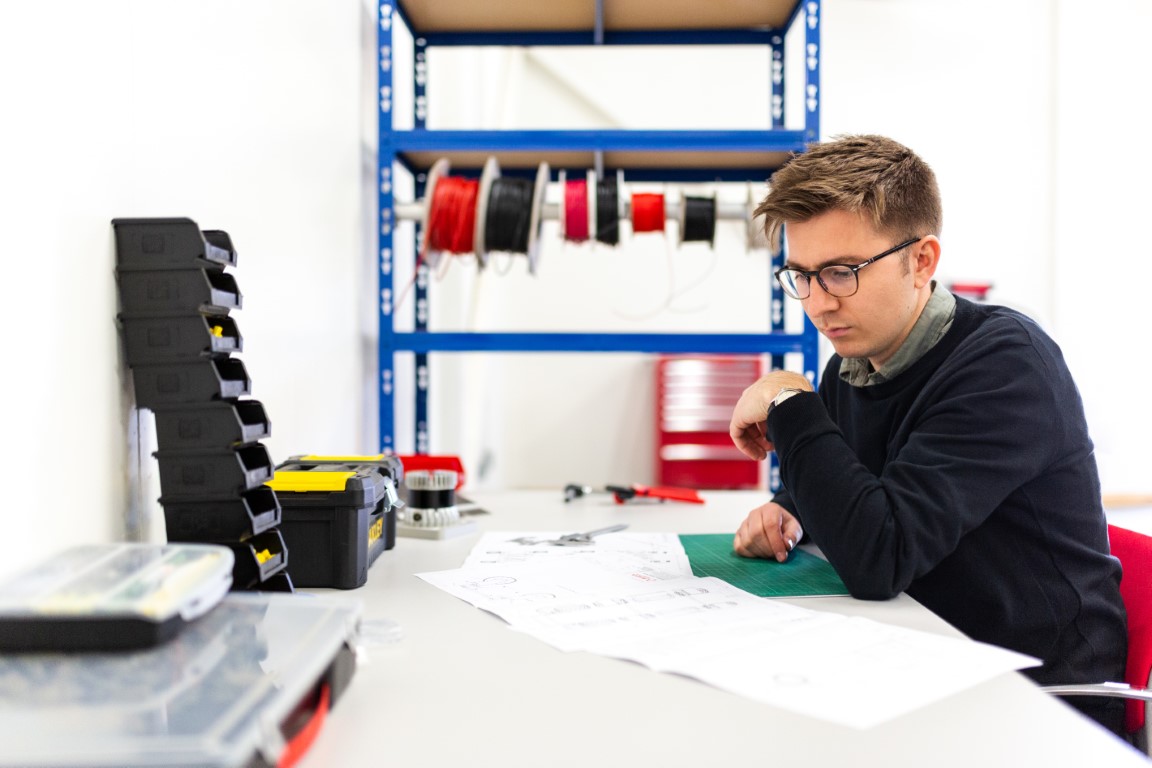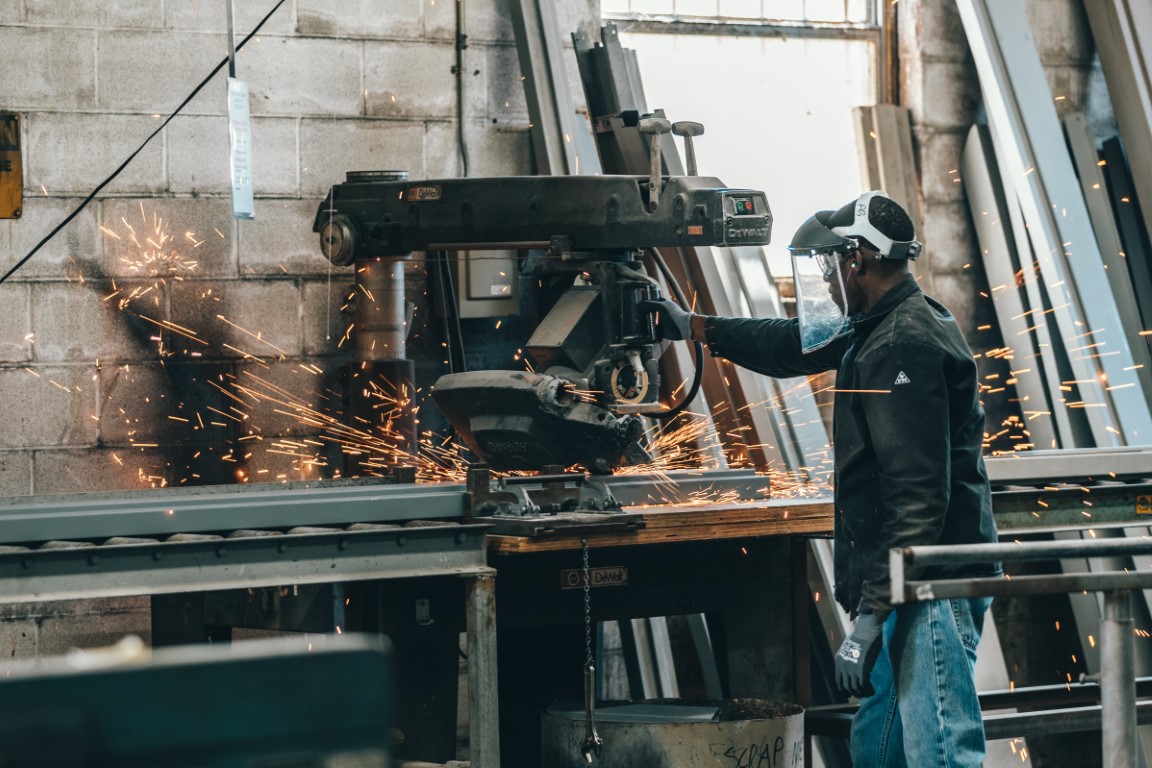The labor force is changing quickly, and companies must adapt to these changes to stay competitive. Most changes that have occurred are ultimately due to modern technology, but the reality is that today's workers think differently than they did in the past. Although most people have conventionally aspired to climb the corporate ladder, the reality is that moving up in a company is no longer a motivator for most people. Instead, people want to feel a sense of belonging and achievement to realize greater career satisfaction.
Increase in Remote Work

Remote work is rapidly evolving as companies manage the drastic shifts brought about by both rapid digitalization and the COVID-19 pandemic.[
1]In the 2000s and 2010s, a small subset of workers were able to work from home in certain situations. However, working from home was never seen as ideal because companies feared how it could impact their company culture.
Today, however, companies are increasingly realizing that there are substantial advantages to allowing a wide range of employees to work from home. Most of today's workers want to work from home, and they are willing to accept reductions in pay to be able to avoid going to the office. Working from home saves workers money and time on transportation. Most importantly, remote work enables people to stay at home with their families. As a result, companies usually have to allow employees to work from home whenever it is feasible to do so.
Remote work has even become especially significant in many businesses that manufacture products. Modern manufacturing companies commonly hire remote workers to help with equipment programming, product design, marketing, and other key functions.
A Need for Greater Specialization

Technology is evolving much more rapidly than in the past, and this shift has significant implications for today's labor force.[
2] Many people who first enter the workforce are most qualified for the best jobs because they have up-to-date knowledge of the best practices and technologies. In contrast, workers who have years of experience often understand only outdated ways of doing things.
To remain competitive, companies have to be vigilant to look out for new technologies. Employees then have to be sent to
training programs to improve their skills. Job turnover also tends to be higher since bringing in fresh talent often yields better results.
Specialization is especially important in manufacturing. Advanced engineers are needed to design the latest assembly systems, and skilled workers are needed to manage every piece of equipment in today's assembly lines.
Greater Dependence on Freelancers

The internet has made the world more interconnected than ever before, so companies can afford to rely on specialists for smaller tasks. The labor force has adapted by perceiving freelance and part-time positions as more desirable than in the past. Freelancers are even used in the manufacturing industry to help with logistics, purchasing, machine programming, product design, and other essential activities that support production.
Until recently, very few people wanted to be freelancers. Today, however, a growing number of people are voluntarily taking on freelance positions every year. As time goes on, it is expected that part-time and freelance positions will overtake full-time employment. The reality is that this shift will be beneficial for workers by enabling them to do more specialized jobs that pay more with fewer hours of work.
More Competitive Hiring Processes

In today's job market, employees and employers have an equal amount of bargaining power. Consequently, companies have to use workforce development programs to encourage talented individuals to stick around.
Workforce development programs support employee retention by encouraging employees to grow and helping them to advance in their careers.
When companies offer effective workforce development programs, they can also attract employees from external sources. People who are looking for a job usually consider how their careers will advance by working for a company. If your company offers a robust workforce development program, new hires could perceive working for your company as an advancement opportunity on par with enrolling in a university while receiving a paycheck. Therefore, you can attract the best talent while encouraging talented individuals to remain on your payroll.
Advanced hiring processes are especially important in manufacturing since skilled workers are hard to find. Manufacturing businesses need to develop strategies to encourage their best workers to stay on. Additionally, manufacturing businesses need to nurture their workforce by encouraging employees to pursue training programs and opportunities for advancement.
More Significant Dependence on Technology

Technology is increasingly being used to choose the right candidates for open positions. Most employers still only use technology for basic information, such as background checks or reviewing a candidate's social media history. However, the most competitive employers are making extensive use of technology to identify and nurture the most talented individuals.
Today, technology can be used to find people around the world who would be most qualified for the job positions you have available. You can then reach out to these individuals to encourage them to join your company. Other technology tools can help you to nurture candidates over time. You can then hire them when they find themselves unemployed or eventually persuade them to quit their current jobs.
Finding ways to successfully use new and emerging technology is no easy feat. At Impact Washington, we offer consulting services where we can help you make the most of technology in growing your workforce.
Fewer People Entering the Workforce

The harsh reality is that fewer people aspire to work full-time in today's world. People increasingly have life goals that focus on activities outside of the workplace, such as raising a family or traveling the world. Some people may enter the workforce only briefly to test their abilities or save money for future adventures. Many top performing employees are motivated to achieve success only so they can work fewer hours rather than moving up to higher levels. Therefore, employers often have to make do with fewer staff members and plan on a significant portion of their best employees quitting in the near future.
Less Interest in Climbing the Corporate Ladder

In the past, the vast majority of workers would aspire to climb the corporate ladder by achieving higher levels of performance. Today, fewer people seek to climb the corporate ladder because a wider range of career opportunities are available and more information about opportunities available in life can be found online.[
3]
The most ambitious employees will usually aim to start their own company rather than working their way up within an existing company. Today's workforce is increasingly cognizant of the reality that management and leadership are specializations that have to be practiced over a lifetime. The concept that someone who is not a management expert is going to become qualified for a decision-making position by working hard in an unrelated task-oriented position is no longer seen as realistic by today's workers.
Additionally, although some employees may still wish to move up by getting MBAs or going to special management training programs, they may not necessarily see a future in your company. The bottom line is that today's top performing employees usually have different perceptions of how advancement is achieved than they did in the past.
Looking to Find and Retain Talent?
This reality can be discouraging to manufacturing companies who are seeking to gain and retain employees. While today’s workforce definitely has its challenges, there are ways to combat the decreasing interest in climbing the corporate ladder.